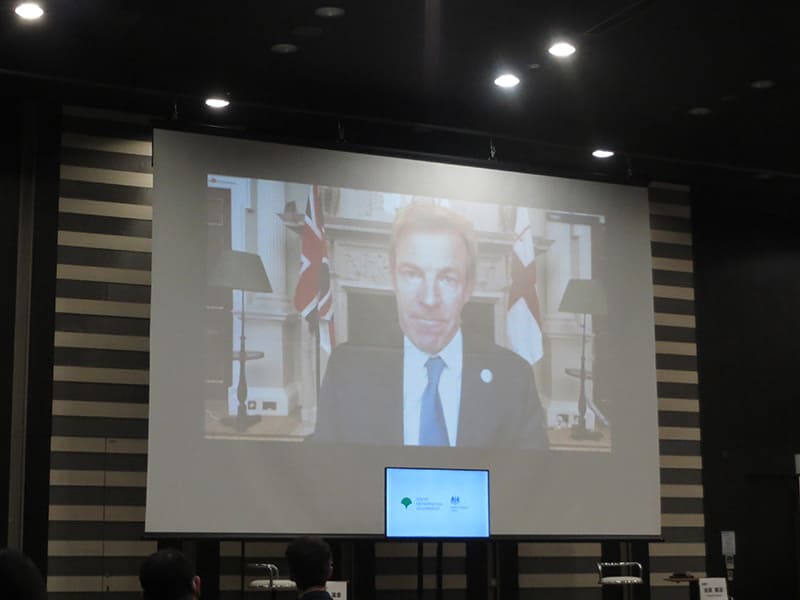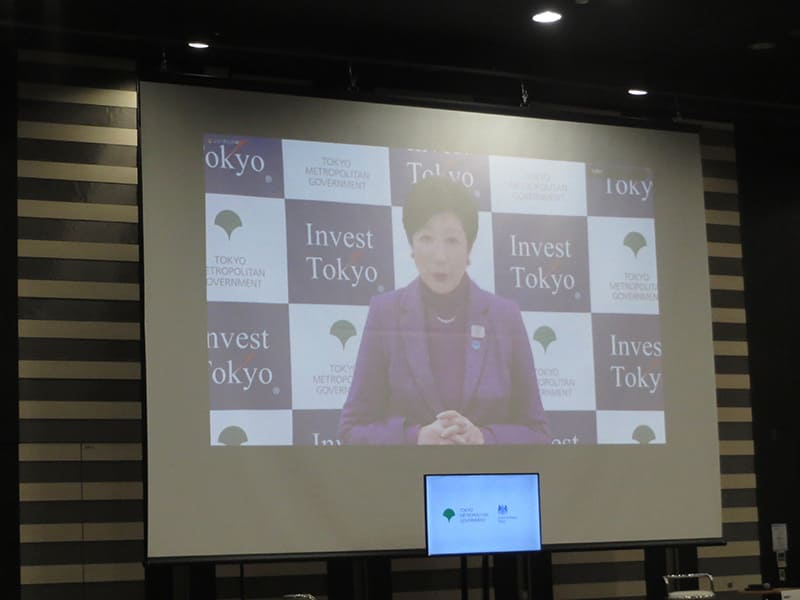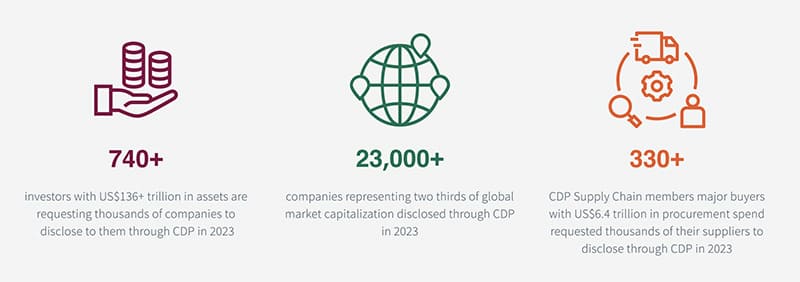April 05, 2021
Green finance: The quiet revolution of sustainable bonds

Last month in Tokyo, a group of environmental radicals got together and discussed how they might save the world. Except these radicals wore bespoke suits instead of hoodies and carried meishi instead of placards. They plan to make finance sustainable — and with it, the world.
This year the Tokyo-London Green Finance Seminar 2021 was held in Ginza but was mostly attended virtually, by finance professionals around the world. In a 98% empty corporate conference hall, Tokyo Gov. Yuriko Koike appeared on a huge screen, delivering a polite message of welcome to the hundreds of remote attendees. Her appearance at the seminar was a demonstration of power: not of the governors, but of the bankers themselves, who represented some of the biggest banks and funds in the world.
The opening speaker, William Russell, lord mayor of the City of London, followed Koike. He spoke not only as an honorary politician but also as a financial professional. It was here that the environmental ambitions of the gathering became clear. Russell declared the changes and rules the seminar was studying would “reallocate capital for a new sustainable economy.” He ended with a hearty, enthusiastic tone. “This is the future of finance. Soon, every financial decision will consider climate change. …We have no time to waste.”
Instead of financial bubbles, these bankers were investing in the health of the Earth. And so far, they were confident in making a profit, too. But how?
Financial tools of change

Green finance is defined by three things: risk management, data and debt.
Risk management ensures a company’s financial stability. Example: If a company needs steel every year, it buys insurance against rising prices. Yet in the long term, the risk of rising steel prices is trivial compared to the risk of rising temperatures. But since the impact of climate change has not been strictly defined, companies have not seen financial benefits in working against it.
As Russell said, “We need clarity on climate risk, just as on other risks. It will become mandatory in the U.K. in only three years.”
Want change? Get the data
Once companies get better data on environmental issues, they will know how big the problems are. Then they can gauge how effective the solutions need to be.
Sherry Madera, a panelist from the data side of finance, had this to say: “What is the data that is being disclosed? From countries, regions, industries, companies and issuers across the board. This will be the year of standardization.”
Once these different data sets are standardized, companies and funds can finally assign value to their environmental efforts and report on it. As Russell said, “Nature needs to enter economic and finance decision-making. A good reporting system will be key to measuring it.” Soon every company won’t report just their balance sheet, but their carbon footprint too.

Green hedges against risk

The third component of green finance is debt. It is here, in specific financial products, that the actual profits of green finance are realized.
Green bonds are essentially ways for companies or governments to borrow money for the purpose of alleviating an environmental issue. But they provide two other values, too. Green bonds allow companies to invest in green initiatives, and therefore hedge against their own environmental risk. They also allow investors to earn money in what they perceive is an altruistic endeavor. Both factors have caused a huge growth in demand for such bonds.
An eloquent Japanese banker named Hiroyuki Kato who specializes in green finance was almost ebullient about their growth. “Investors are buying those bonds and ESG equities in huge amounts. Last year the number was ¥1 trillion. That’s the quickest growth of any sector in finance.”
The men and women of green finance are a fascinating kind of activist. Their tools are largely data their profits mostly debt. They are deploying their rare skills to avert the slow-motion destruction we all face. They may be borrowing from future generations to do so. But perhaps those future generations will be glad to pay, if it means they might live in a less polluted world.
In finance, greed has always been good. Now it can be green, too.

















